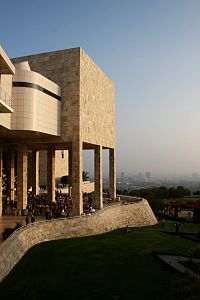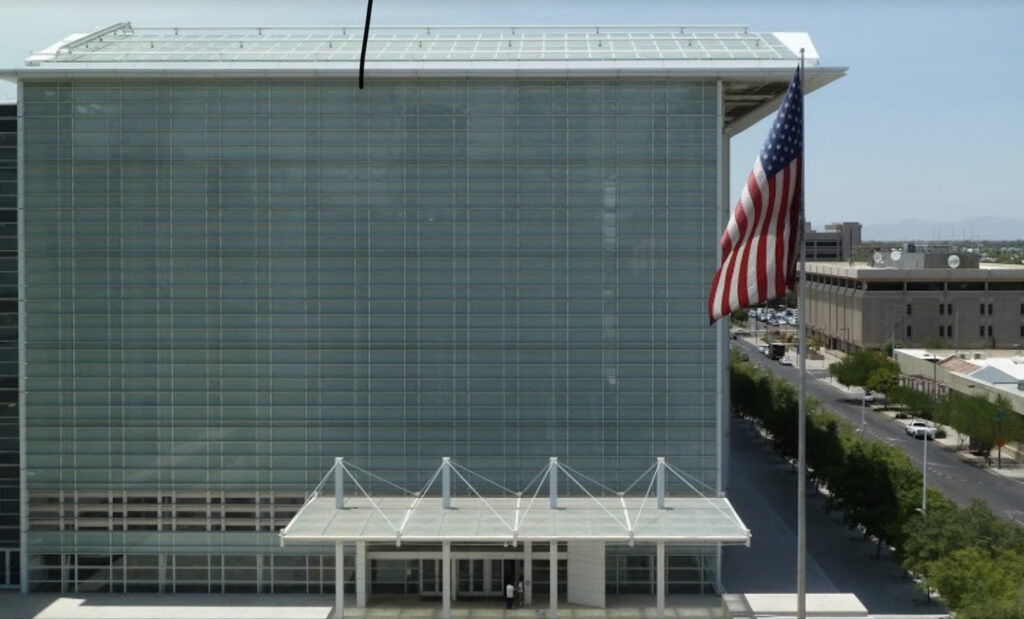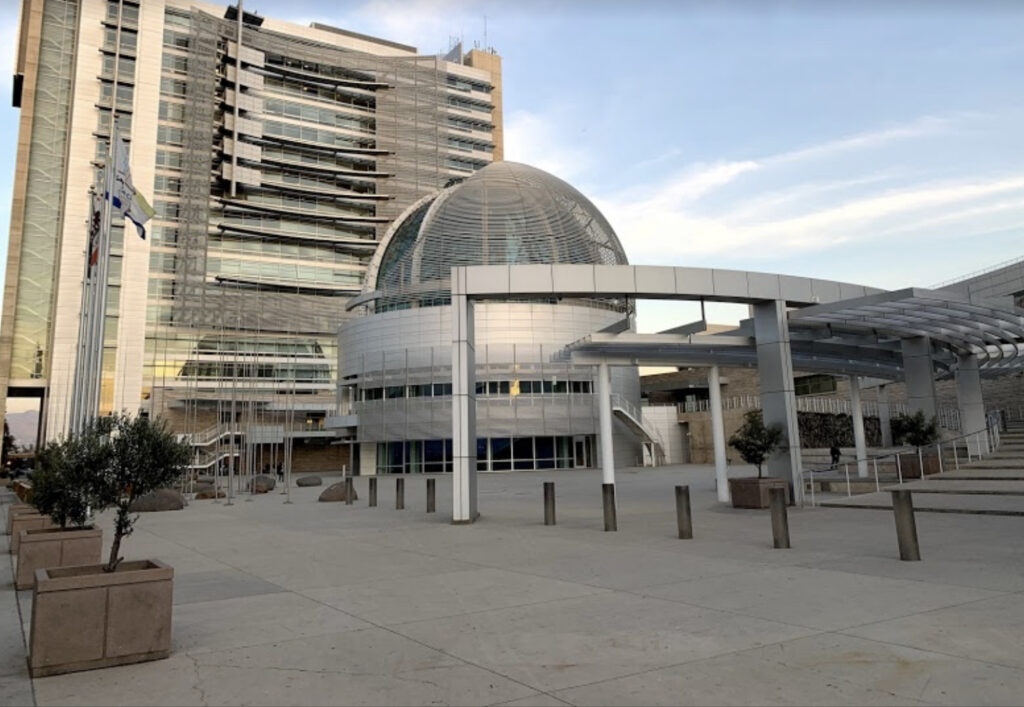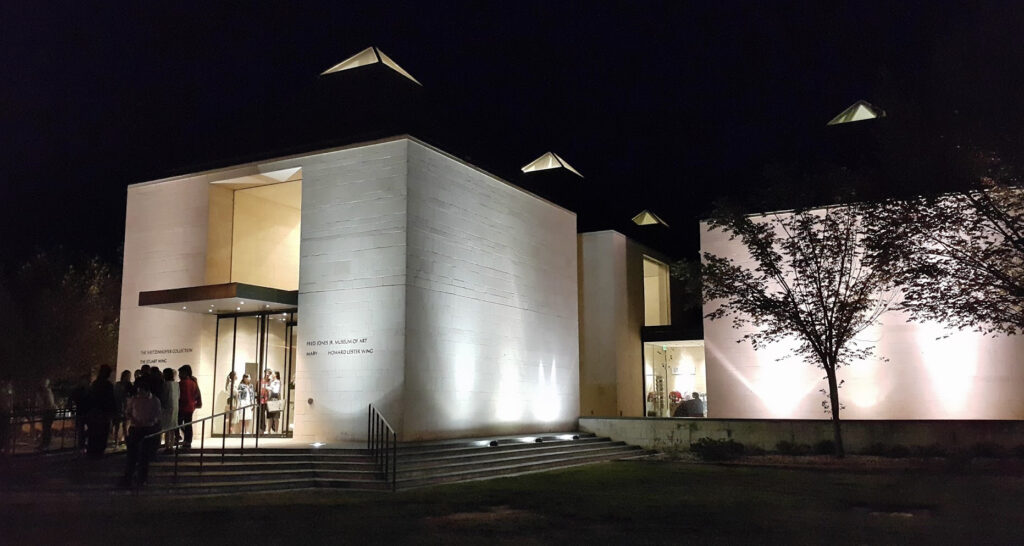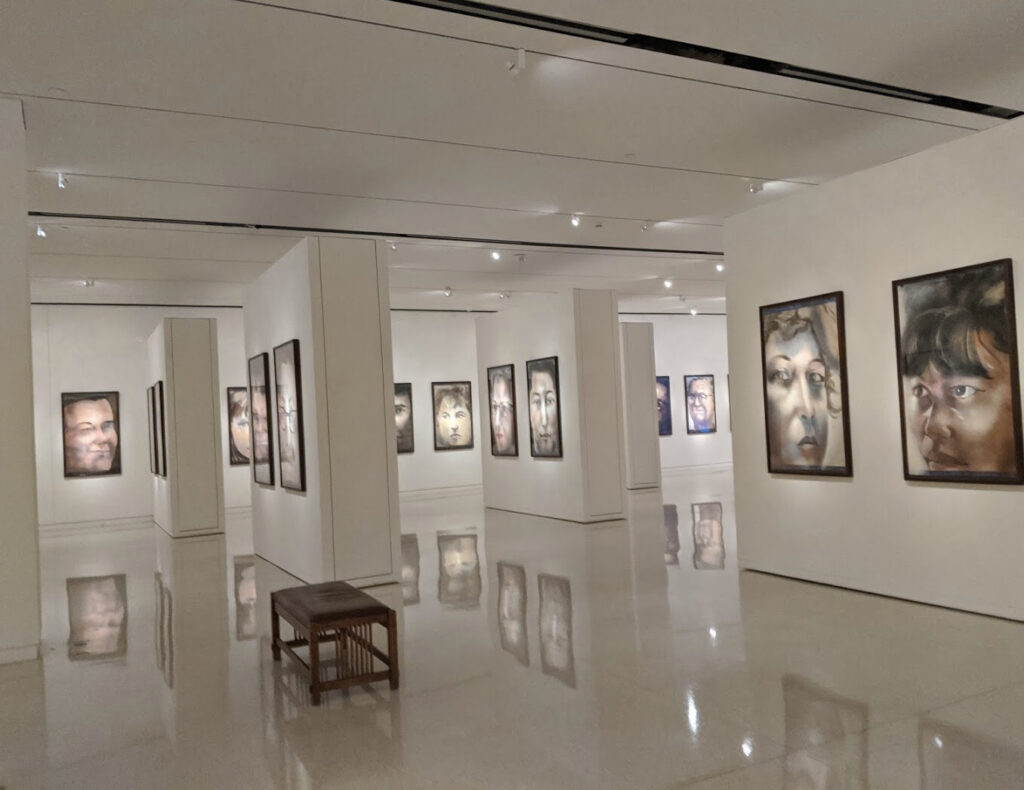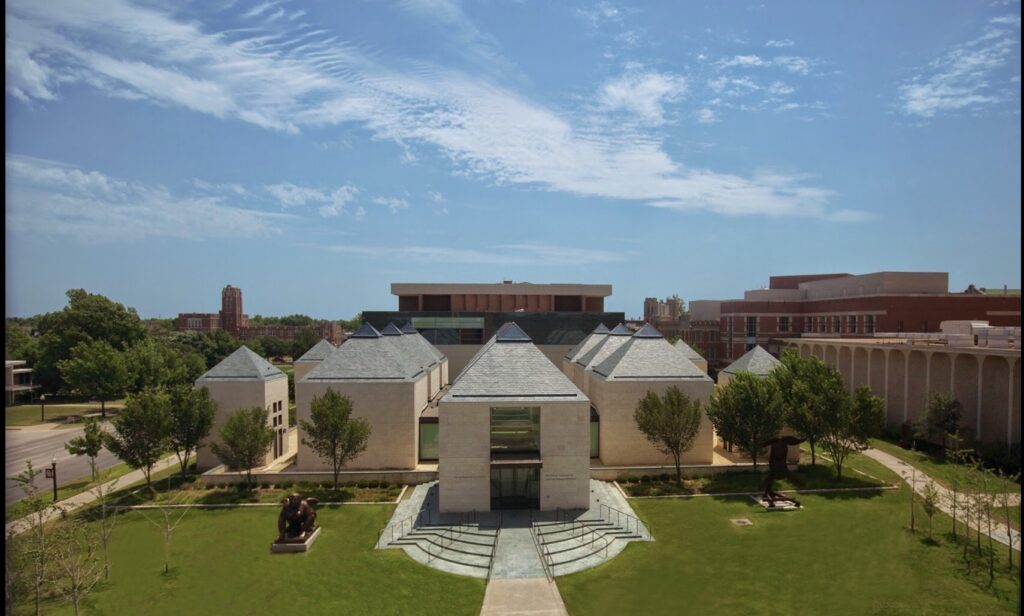The Chiesa di Dio Padre Misericordioso, or Jubilee Church is a structure located in Rome. The unique curved walls of the structure give the viewer a sense of the architectural ambition present. Buildings are commonly defined by their surroundings, and this church was meant to improve a blighted area in this district of Rome. The influence of this structure is intangible when measured in the pride people can feel to know that this wonderful structure acts as a beacon of hope . The nontraditional nature of the church also signals to its visitors that this is a building for the future.

